7 Types of Content You Need on Your Website + Examples
Source: depositphotos.com
Building an aesthetically stunning website, investing in promotional activities, and working on your brand’s reputation all work wonderfully to attract your target audience. But the thing about securing new clients for your business is that the most effective way to do it is to produce and show off the right content formats on your website.
If you look at consumer behavior research, you’ll find that what convinces people to invest in a product won’t be what a brand says. Data from Nielsen shows that most people don’t trust ads (regardless of whether these are shown on social media channels, in search results, or via online banners). Instead, shoppers rely on social proof — primarily recommendations from friends and family — or branded website content to decide whether a solution deserves attention.
So, if you wish to make your online presence as conducive to converting customers as possible, here are the types of content you need on your website, along with a few examples from which you can draw attention.
Interactive Lead Capture Elements
The reality of trying to engage today’s consumers is that they’re bombarded with content every minute of their day. Essentially, if they look at their devices, they’ll be met with promotional content vying for their attention.
In such a landscape, where you must work extremely hard to capture your audience’s attention, it’s essential to prioritize engagement rates. If you can convince your prospects to interact with your branded content, you automatically stand a higher chance of getting them to hear your message.
The one format that can help you do this — genuinely allowing you to engage your audience — is interactive content.
According to research from 2022, interactive formats work marvelously at encouraging consumer engagement. Mediafly discovered that interactive posts receive over 50% more attention from consumers and more than 2x the views of their non-interactive counterparts.
With this in mind, the one content format you need to add to your site in 2024 is some type of interactive tool. Whether that’s a quiz, a calculator — like the Grocery Budget Calculator on the Instacart site — or a fun game is entirely up to you. What matters is that it actively encourages your audience to consider your solution and the benefits it offers and that it allows you to give web visitors a personalized browsing experience that considers their specific needs.
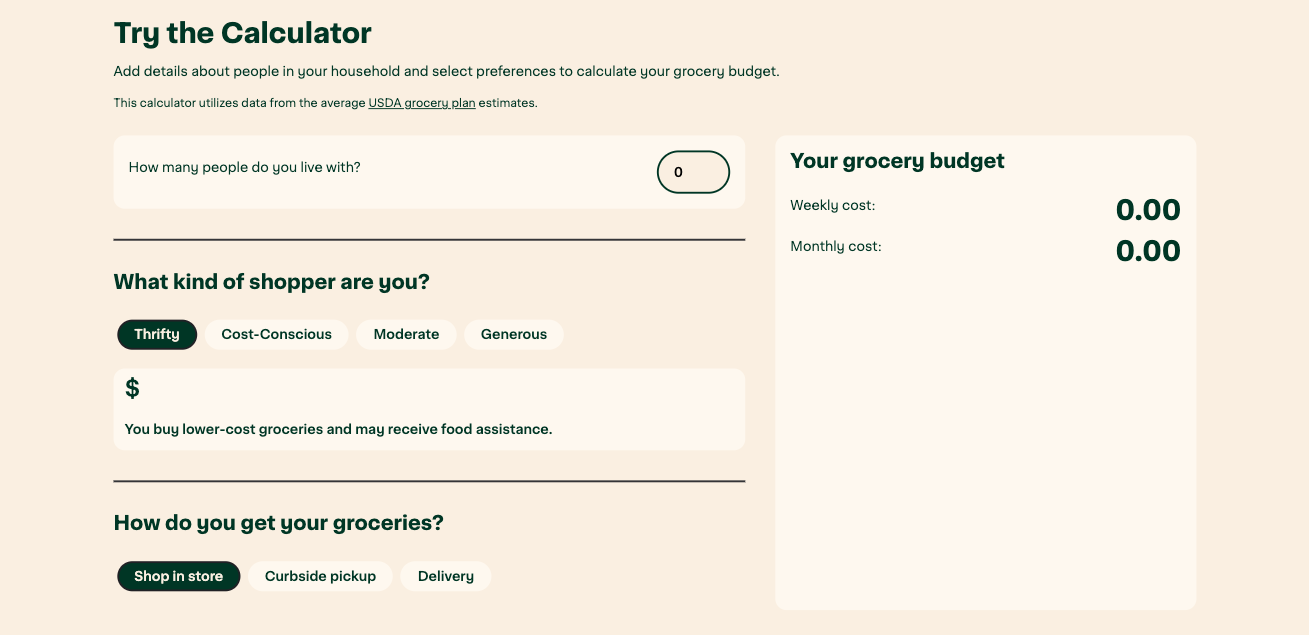 Source: instacart.com
Source: instacart.com
Science-Backed Resources to Help Consumers Accept Innovative Products
If you look at the latest research regarding what type of content consumers trust, you’ll find that science-backed resources topped the charts in 2023.
According to Edelman, 74% of people believe scientists and peers are equally trustworthy — especially when it comes to innovative solutions. If you want your audience to seriously consider investing in your products, it’s a good idea to present them with such content to show they can rely on your business to deliver on the promises it makes.
If you check out the FOCL blog posts, you’ll notice that the brand publishes many informative resources to introduce and explain its sleep supplements. However, what helps this company stand out from its competitors is that it makes a point of always providing scientific evidence for its claims. Such a small adjustment to an otherwise traditional content marketing strategy helps FOCL show its target audience that it stands behind its promises and that its products genuinely have the potential to solve sleep-related pain points.
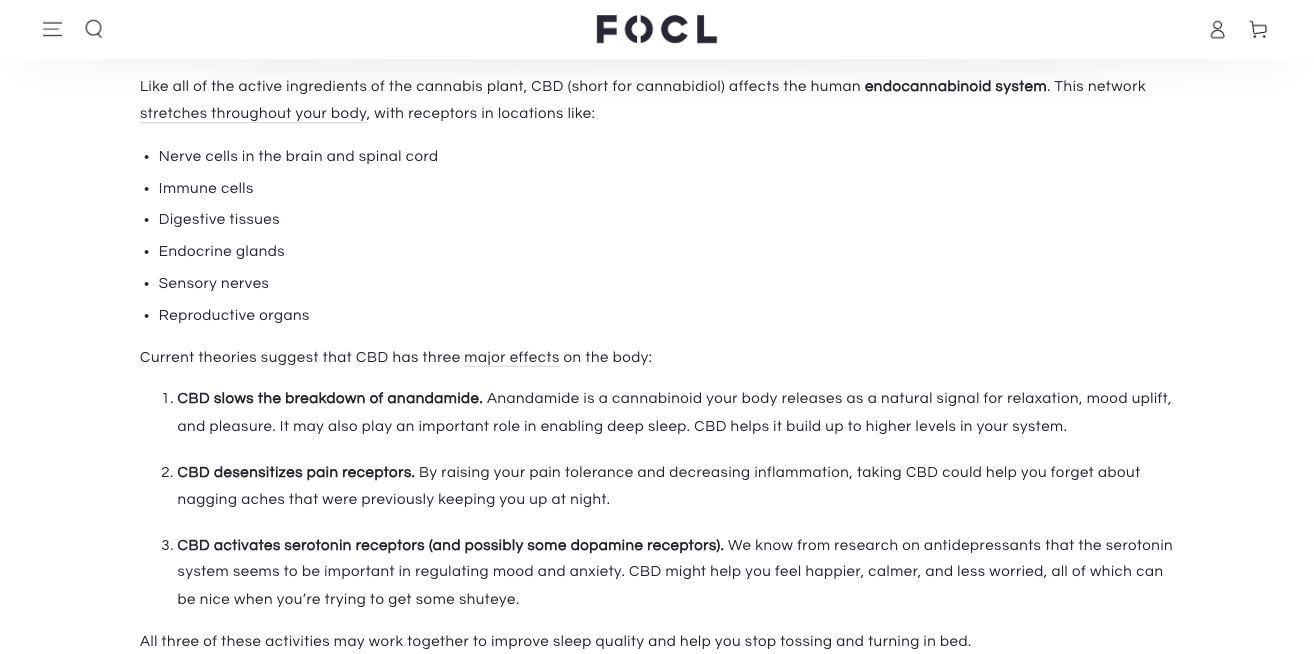
Source: focl.com
Video Content That Makes Information More Engaging
If you look at how people consume information on the web, you’ll find that most people don’t read online. Back in 1997, Nielsen discovered that most web users (80% of them, to be exact) skim online texts to quickly identify information relevant to their experience quickly. And when repeating the research in 2020, the organization discovered that things hadn’t changed much in almost a quarter of a century.
So, what does this piece of data mean? Well, it shows that the best type of content you need on your website isn’t text. Instead, it’s something a bit more engaging.
The one format that works marvelously when it comes to meeting consumer needs is video. In fact, in its most recent survey, Wyzowl found that 89% of consumers want to see more video content from brands. If you can transform some of your resources into video, it could be a great way to help your audience consume content in a way that’s more fun and that they’re more likely to remember at the end of the day.
For instance, if you check out the Digestive Warrior CellCore product collection page, you’ll see that it doesn’t just include a bunch of text saying why this line of products works for detoxification. Instead, it includes an interview with a healthcare professional. The content helps web visitors fully understand the potential of Digestive Warrior’s offer while supporting the claims with a healthy dose of expert-backed social proof.
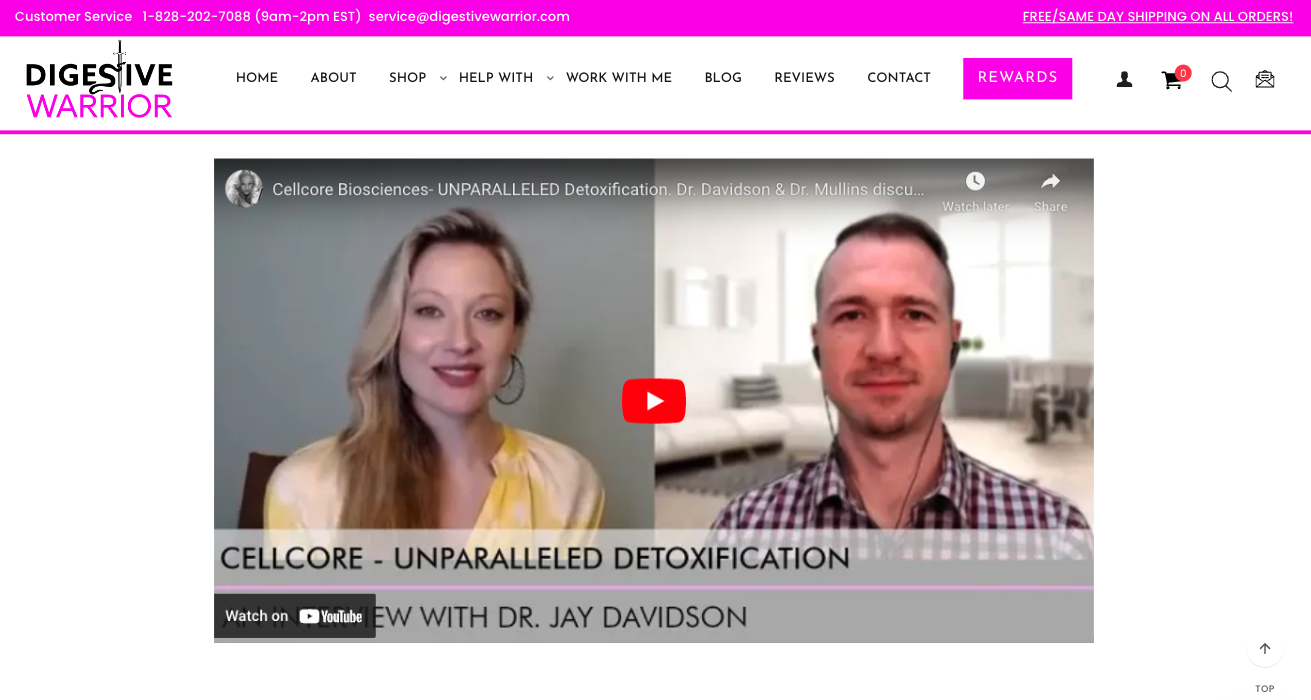
Source: digestivewarrior.com
Product Comparisons for the Evaluation Stage of the Buyer’s Journey
One of the things you need to consider if you’re trying to make improvements to your website is that buyer behavior is changing every year.
According to many resources, the buyer’s journey no longer represents a linear process with a clear beginning and end. Instead, experts claim that the sales funnel transformed into a cycle in which people enter (and exit) at various stages.
So, the way to reach your target audience may not be to publish traditional awareness-stage blog posts that introduce prospects to a subject (and subtly position your solutions). You need to think up new ways of encouraging potential customers to interact with your brand.
If you check out PWC’s latest Consumer Insights Survey, you’ll find that almost 30% of all shoppers use price comparison websites to collect pre-purchase information. In other words, today’s consumers want to see easy-to-use resources that allow them to evaluate solutions all in one place without having to jump from one retailer’s site to the other.
By investing in product (or price) comparison resources — like the Best Golf Rangefinders post on Breaking Eighty — you can effectively help your audience find the best product for their needs without ever having to leave your site. If you go a step further and enrich these articles with in-depth info, product links, visuals, and video, you’re guaranteed to see a boost in conversions and a significant lift in your brand’s reputation as a trustworthy source of purchase information for consumers.
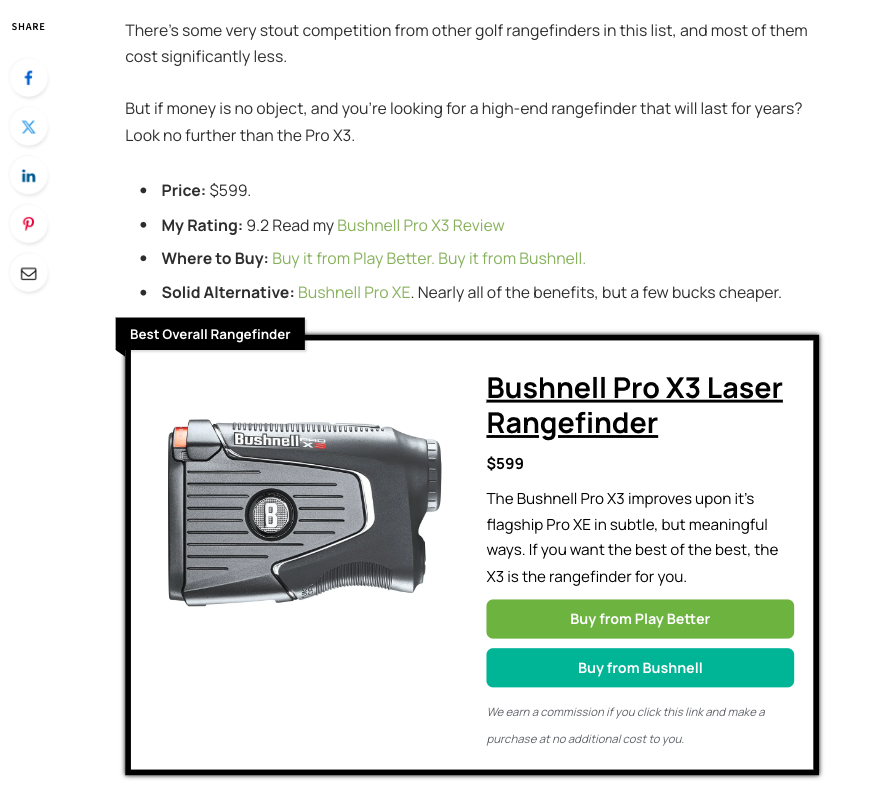
Source: breakingeighty.com
Post-Purchase Content That Helps Customers Get More Bang for Their Buck
If you check out the Edelman Trust Barometer Report for 2022, you’ll discover something fascinating about people’s shopping habits. According to this resource, for 78% of consumers, a purchase is not the endpoint of their buyer’s journey. It could very well be seen as the beginning of a relationship between your brand and your customers.
Ultimately, this information means that the best way for brands to shape and maintain positive reputations is to invest heavily in content that supports consumers in the post-purchase stage of the buyer’s journey. This will drive customer loyalty; plus, it’s a great way to boost customer lifetime value and generate positive feedback about your business or solutions.
Of course, there are many types of content you can add to your website to improve your customers’ overall satisfaction. For instance, you can do what Sokisahtel does in its What to Do With Old Socks blog post and give clients ideas about various applications for your products.
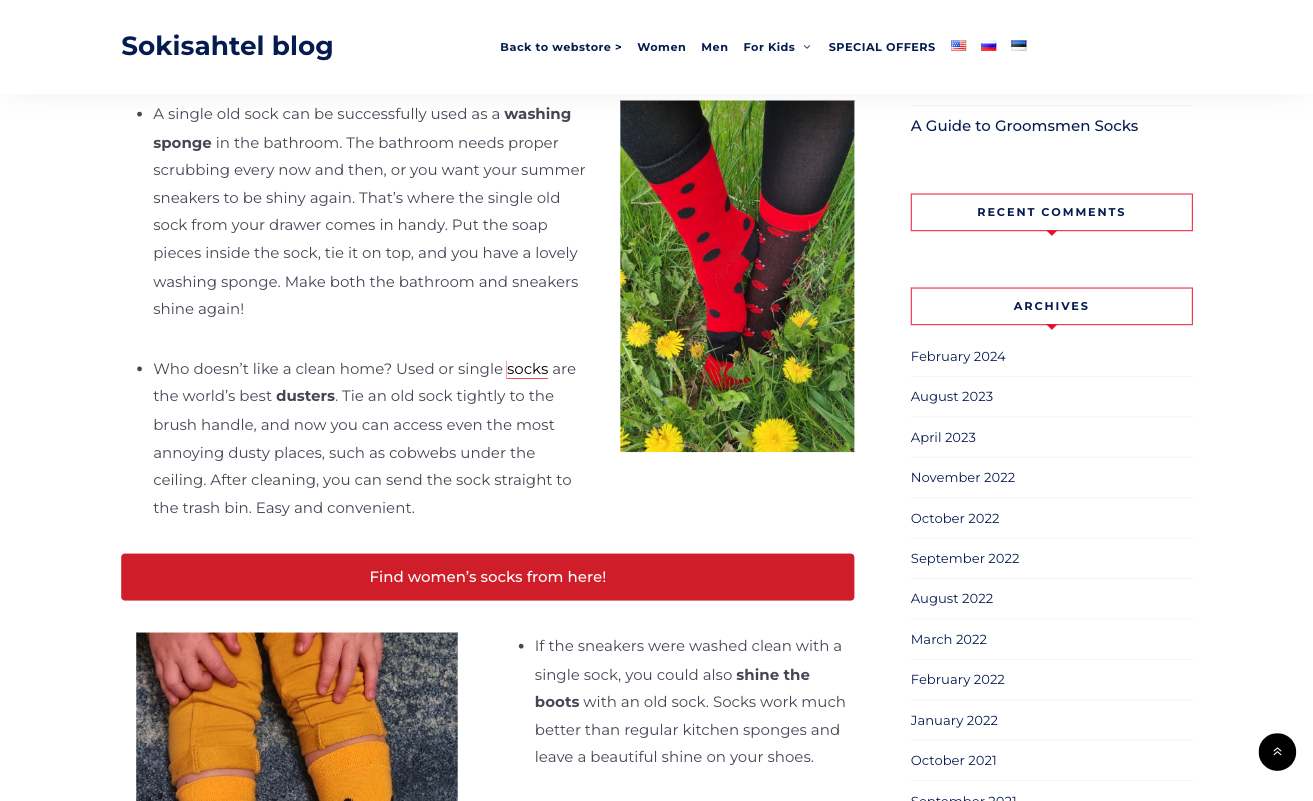
Source: sokisahtel.com
Alternatively, you could create an entire educational database that introduces new customers to the full breadth of your solution’s potential — as done by Canva in its Getting Started With Canva for Education course.
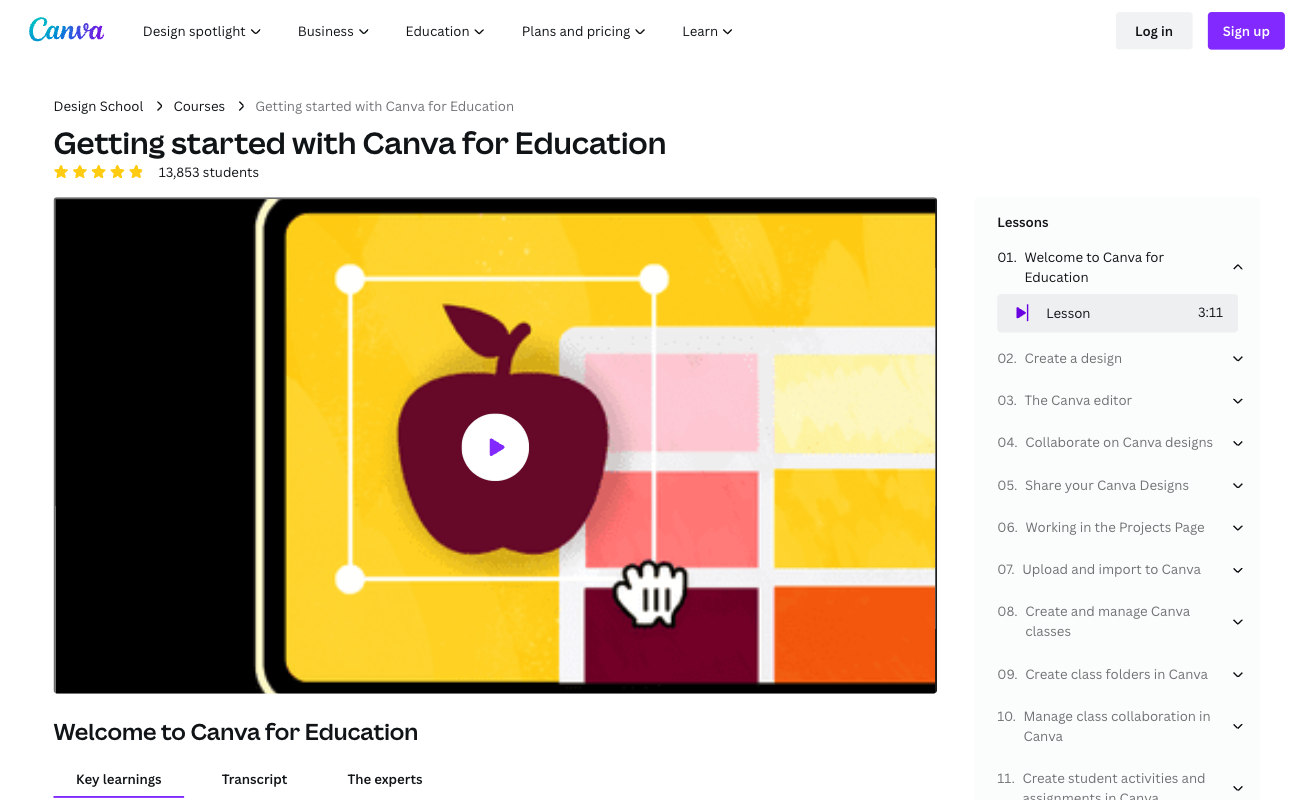
Source: canva.com
Or, you could employ UGC — which is a highly trustworthy and authentic format — and use it in a way that opens customers’ eyes to all the things they could use your solutions for. Check out how Fenty Beauty does it with the video tutorials on its website, where it teaches web visitors how to use different products to achieve their desired makeup looks.
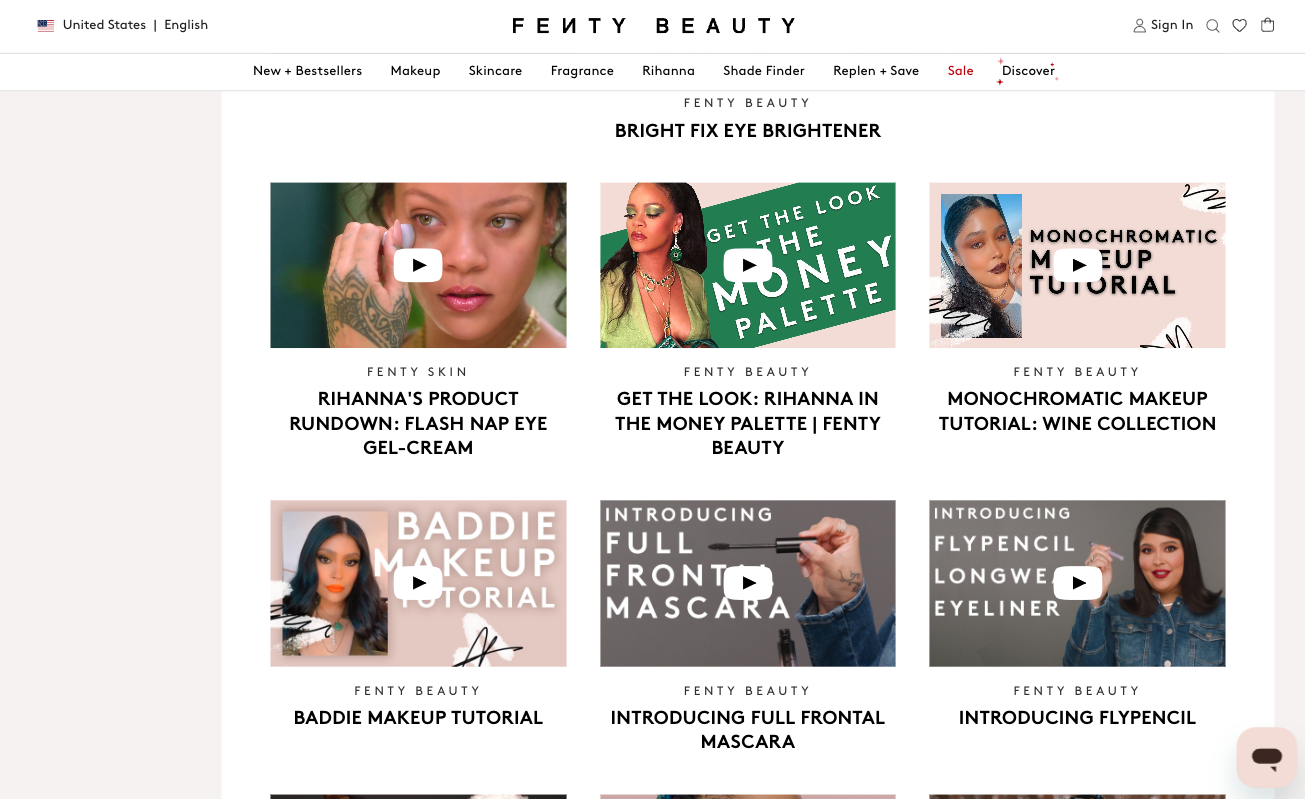 Source: fentybeauty.com
Source: fentybeauty.com
Self-Service Resources
The quality of customer service you offer plays a huge role in encouraging your audience to convert. According to consumer research, exceptional customer support isn’t just something your audience expects. For 66% of consumers, it’s a critical factor impacting their purchase decisions.
With this in mind, you want to fill your website with content that demonstrates your brand’s dedication to providing an excellent customer experience — both in the pre and post-purchase stages. Show your customer service contact number in a highly visible area of your site. Employ a live chat feature to make it easy for buyers to ask for help. And consider providing support via social media channels.
However, if you want to invest in content that will genuinely make a difference in how your customers see your business, consider creating self-service resources that will help your audience without forcing them to get in touch.
For instance, knowing that 59% of consumers prefer self-service for simple questions, your website should include an extensive selection of customer-support resources. These can include size charts, instruction manuals, and even a FAQ page like the one on Fantasy Jocks shown below.
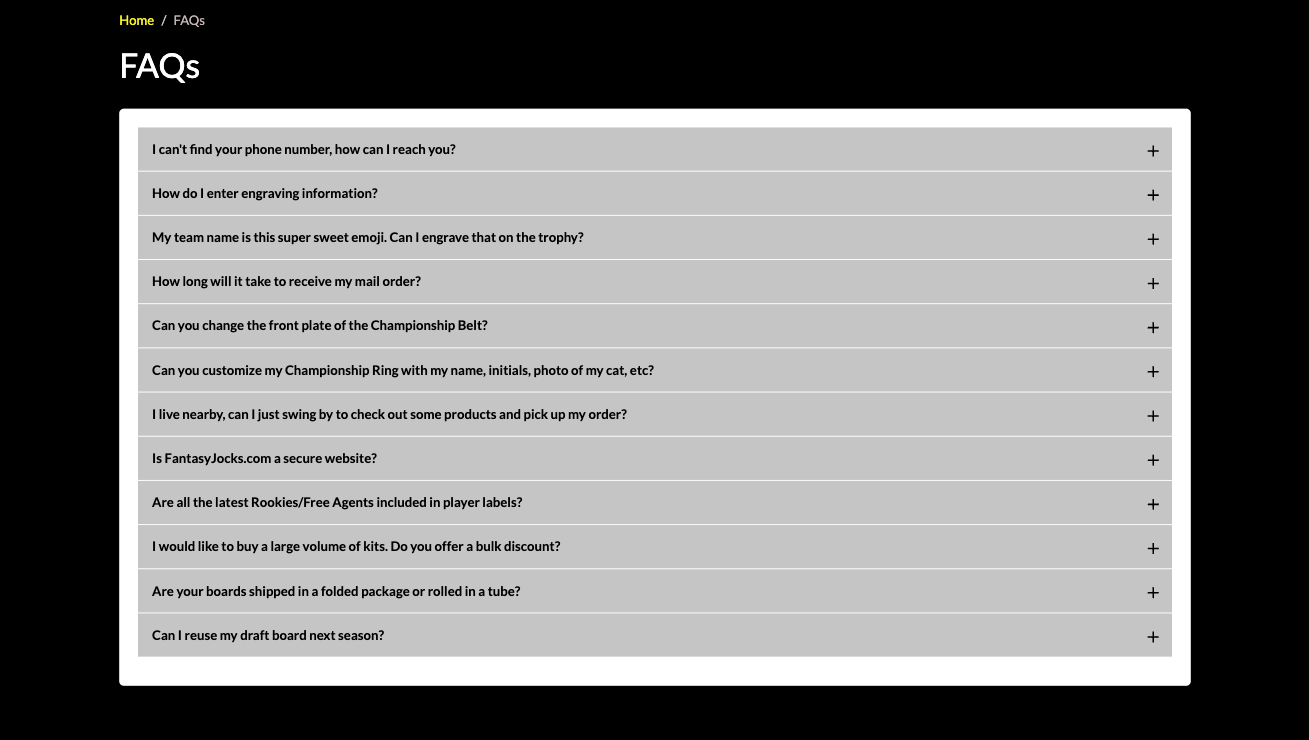 Source: fantasyjocks.com
Source: fantasyjocks.com
Various Examples of Social Proof
According to data, 99.5% of people research their purchases online at least sometimes. Moreover, most buyers read product reviews before deciding whether to invest in a solution. Your prospects will check the ratings and testimonials on your product pages before clicking that “Buy” button, so help them find that information easily. That way, you’ll help speed up their decision-making process.
One excellent way to do this is to show off social proof even before your customers have clicked on a specific product page.
For instance, Saas brands regularly show off customer testimonials, certificates, and awards on their home pages, knowing how important these are to their audience. If you check out Goldcast, you’ll notice it includes multiple examples of positive feedback about the company’s products and customer service.
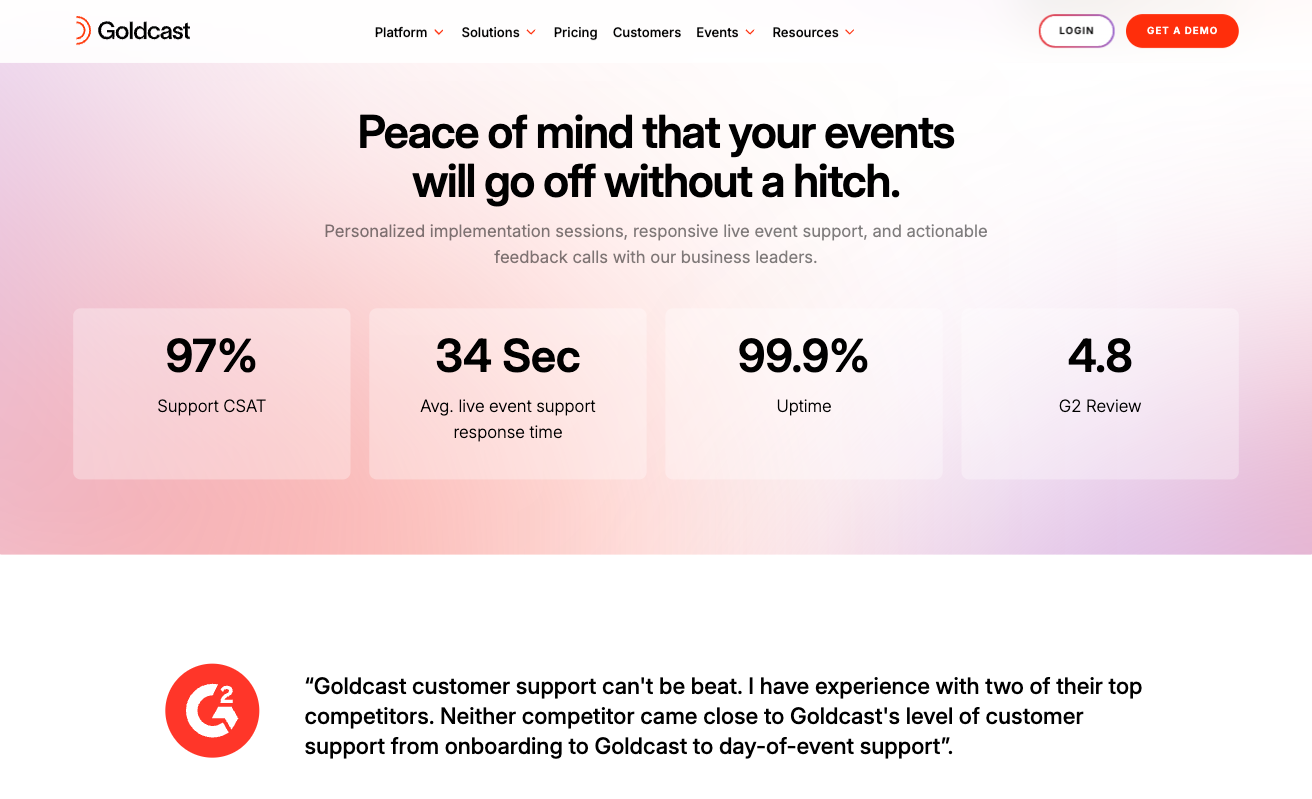 Source: goldcast.io
Source: goldcast.io
Alternatively, for ecommerce brands, showing off product ratings on collection pages — as seen on the Moto Machines motorcycle exhausts page — offers similar benefits while allowing for a more conversion-oriented approach that effectively drives sales.
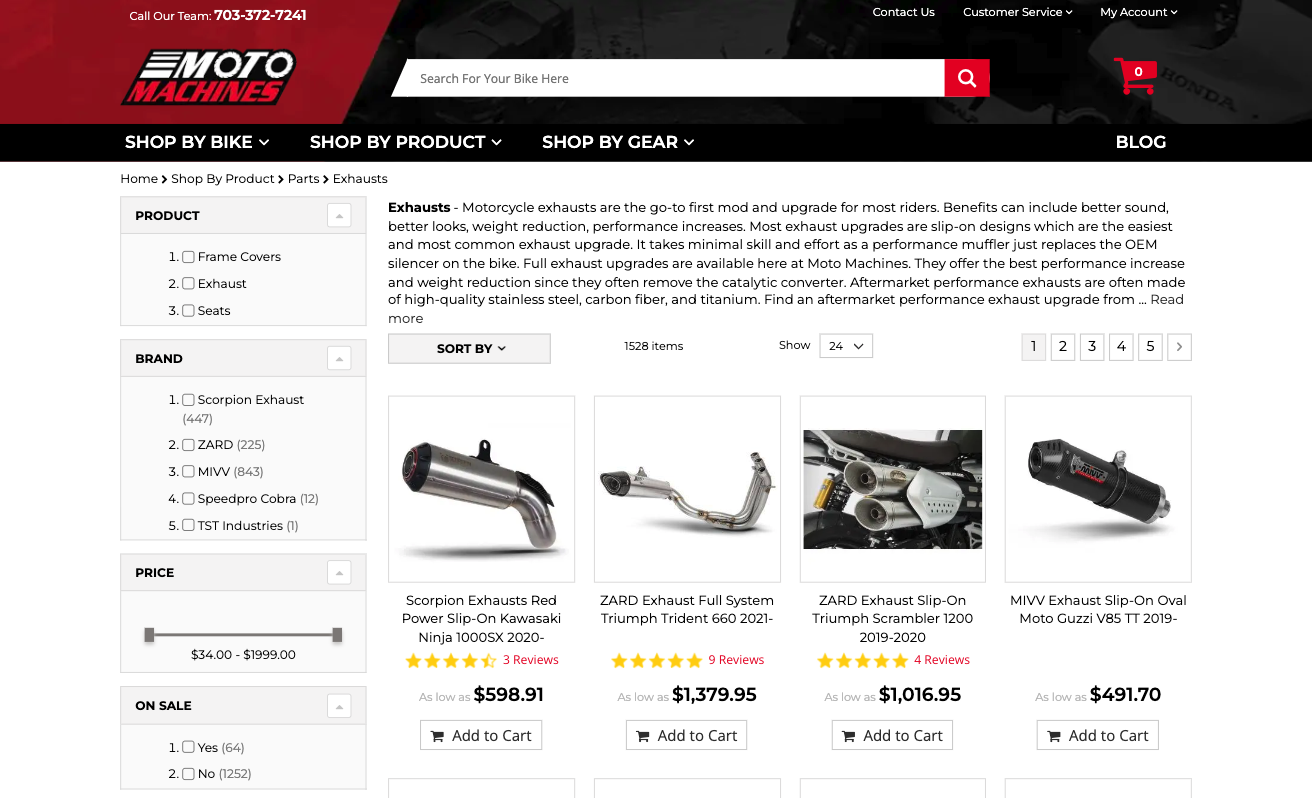
Source: motomachines.com
Final Thoughts
Producing content for your website is always a good investment.
However, if you want to guarantee that your hard work results in sales and that it positively affects your brand’s reputation, the most important thing you must do is always explore ways to support your customers.
The seven types of content discussed in this guide can all help you accomplish that goal. However, if you find that your prospects could benefit from a format that hasn’t been mentioned here, don’t hesitate to go for it.
Ultimately, it’s you who knows your ideal customers the best. You’ll have the insights and experience needed to create the resources that have the most positive impact on their purchase intent and customer experience.

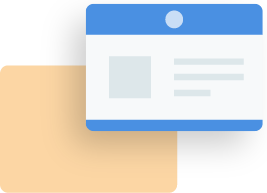
 info@cultbooking.com
info@cultbooking.com  0049 30 726225 0
0049 30 726225 0 
